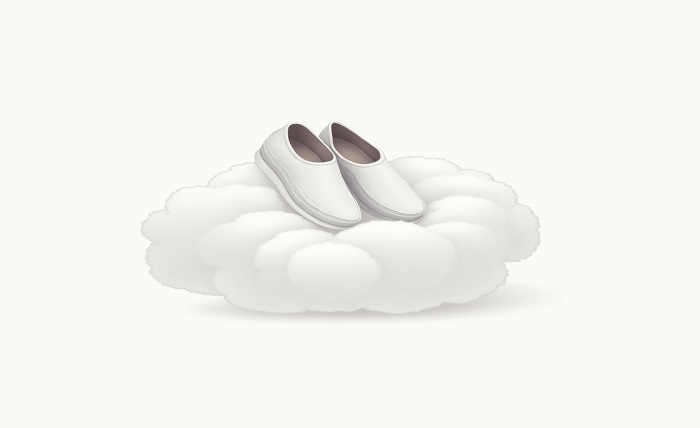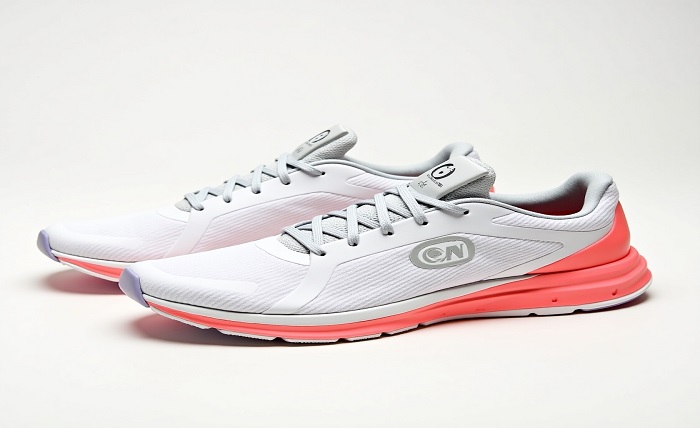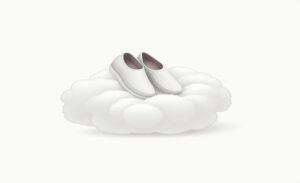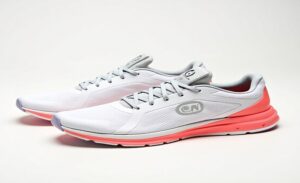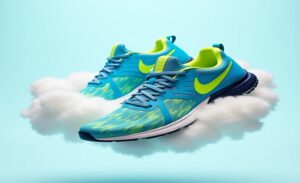Table of Contents
ToggleIntroduction
1920s Men’s Fashion underwent a radical change in the 1920s, moving away from the inflexible formality of earlier decades and toward a more carefree and fashionable look. 1920s Men’s Fashion during this period dubbed the Roaring Twenties, became more daring and expressive, capturing the joyous spirit of the day.

The Quintessential 1920s Men’s Fashion
The Suit Revolution: The staple of a man’s clothing in the 1920s Men’s Fashion was the suit. The trend at the time was for a looser, more relaxed fit that included a return to organic shoulder lines and less waist-straining. The Oxford bags, a type of wide-legged pants, and the raccoon coat, a representation of college fashion, were the two most popular looks.
Jazz Age Elegance: Evening attire became more sophisticated when the Jazz Age was in full swing. The tuxedo has been a mainstay for formal occasions; it’s commonly worn with patent leather shoes, a white pocket square, and a bow tie.
Casual and Sporty Attire
Sportswear Influence: As recreational activities gained popularity, sportswear had an impact on general fashion. Golfers frequently wore plus-fours, argyle socks, and knickerbockers, while tennis sweaters evolved into casual fashion pieces.
The Rise of Accessories: The stylish gentleman needed accessories. Flat caps, fedoras, and panamas completed ensembles, and cufflinks and pocket watches brought a touch of refinement.
A Fashionable Era of Change
Considered by many to be the Roaring Twenties, the 1920s Men’s Fashion saw significant social and cultural transformation. This was reflected in the fashion of the era, notably in men’s attire, which became a symbol of the newfound independence and defiance of established standards.
Breaking Free from Conformity
Embracing Pattern and Color: The 1920s saw a departure from the gloomy, black hues of earlier menswear. Vibrant hues and striking designs, such as plaids and stripes, gained popularity, particularly for sporting and casual clothing.
The Impact of Prohibition: Men frequented speakeasies during this period, frequently donning gaudy outfits to fight against the oppressive rules of the day. The “1920s Men’s Fashion” style—which is defined by fedoras, glossy black shoes, and double-breasted pinstripe suits—was born out of this.
Innovations in 1920s Men’s Fashion
The Development of New Materials: Synthetic materials, such as rayon, were developed in the 1920s and employed to make mass-market apparel more accessible and reasonably priced.
The Origin of the Modern T-Shirt: Originally designed as an undergarment, the T-shirt gained popularity as men’s outerwear in the 1920s Men’s Fashion. The U.S. Navy was the first to adopt it, and it subsequently became fashionable for informal wear.
The Global Impact of 1920s Men’s Fashion
Hollywood’s Role: In the 1920s Men’s Fashion, actors like Buster Keaton and Charlie Chaplin from Hollywood had a global impact on menswear. Men were motivated to dress more formally and put together by what they wore on film.
International Fashion Exchange: Europe and America also shared fashion ideas during the 1920s Men’s Fashion. American suit designs were influenced by English tailoring, and Europeans adopted American casual fashion.
Conclusion
Men’s fashion saw a change in the 1920s Men’s Fashion, which helped to usher in the modern period. Men’s fashion nowadays is largely influenced by the developments that occurred during this period, whether it is the adoption of sportswear as regular clothing, the relaxed fit of suits, or the introduction of new textiles.
FAQ
Did the 1920s men’s fashion have any influence on women’s fashion?
Yes, looser shapes and a more informal attitude to dressing were inspired by the easygoing and comfortable men’s fashion of the 1920s.
What role did the economy play in 1920s Men’s Fashion?
Men’s fashion could be more experimental and varied because more people had extra money to spend on clothes during the 1920s economic boom.
How did the 1920s men’s fashion reflect the cultural changes of the era?
The jazz music movement and the anti-prohibition uprising were two examples of the cultural upheavals that influenced 1920s fashion, which embraced more daring and expressive looks.


